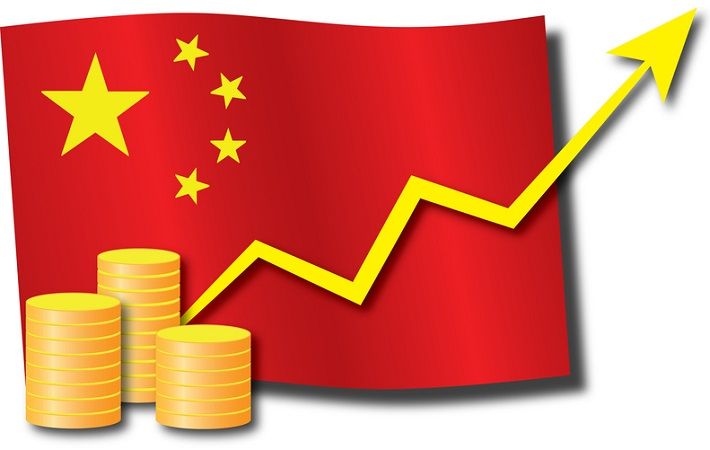Real GDP growth is projected to reach 8 per cent this year, before moderating to 5.1 per cent in 2022. To achieve quality growth over the medium-term, China will need to rebalance its economy across several dimensions, according to Rebalancing Act, From Recovery to High-Quality Growth, the latest China Economic Update released by the World Bank.
Following a strong rebound in the first half of 2021, economic activity in China cooled rapidly in the latter half of the year.
The economic slowdown reflects less-favourable base effects, diminished support from exports, and the government’s continued deleveraging efforts. Although full-year growth is projected to slow in 2022, momentum is expected to pick up, aided by a more supportive fiscal stance following the rapid withdrawal of fiscal policy support in 2021, as per the World Bank report.
Real GDP growth is projected to reach 8 per cent this year, before moderating to 5.1 per cent in 2022. To achieve quality growth over the medium-term, China will need to rebalance its economy across several dimensions, according to Rebalancing Act, From Recovery to High-Quality Growth, the latest China Economic Update released by the World Bank.
Risks to China’s economic outlook are tilted to the downside. Renewed domestic COVID-19 outbreaks, including the new Omicron variant, could require more broad-based and longer-lasting restrictions leading to larger disruptions in economic activity.
While the authorities should stand ready to ease fiscal policy to support domestic demand in 2022 and provide liquidity to stem risks of contagion from distressed developers, the report argues that the traditional playbook of boosting growth through infrastructure and real estate investment has run its course.
“The pandemic and subsequent recovery have worsened domestic and external economic imbalances,” said Martin Raiser, World Bank country director for China, Mongolia and Korea. “The transition to high quality growth is a challenging re-balancing act, but structural reforms could help reduce policy trade-offs.”
Three challenges stand out: first, rebalancing from external to domestic demand and from investment and industry-led growth to greater reliance on consumption and services; second, rebalancing from the significant weight placed on state leadership and regulation to a greater role for markets and the private sector; and third, transitioning from a high to a low-carbon economy.
To support the rebalancing towards domestic consumption, fiscal reforms could create a more progressive tax system while boosting social safety nets and spending on health and education, the report notes. The wider use of carbon pricing along with power sector reforms and the development of a wider set of green financing instruments would help accelerate China’s low carbon transition while encouraging green innovation, thereby boosting medium-term growth prospects, the report added.
Fibre2Fashion News Desk (KD)



:max_bytes(150000):strip_icc()/Health-GettyImages-1472663157-e796d227c3f643af8b3ec2dd328d4ad7.jpg)

